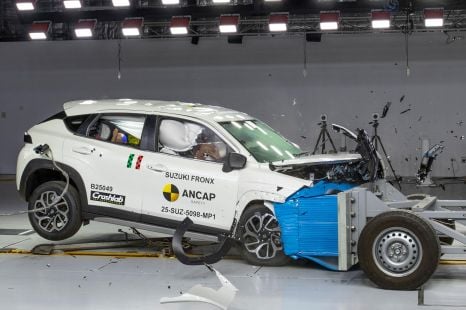

Damion Smy
Suzuki Fronx scores one-star ANCAP rating after seatbelt failure
4 Hours Ago

News Editor
Ford Australia will introduce at least five electrified vehicles by 2024, but it’s remaining tight-lipped on what three of these will be.
So far, it has confirmed the electric e-Transit van and plug-in hybrid Escape PHEV for a 2022 launch.
However, the company won’t confirm what the other three vehicles will be, what segments they’ll compete in, or what type of electrification they’ll employ.
“We haven’t been clear on that, so we’ll disclose that at the appropriate time but certainly we remain open to all different types of powertrains and technologies,” said Ford Australia president Andrew Birkic in response to a question regarding whether these other vehicles could be mild- or series-hybrids.
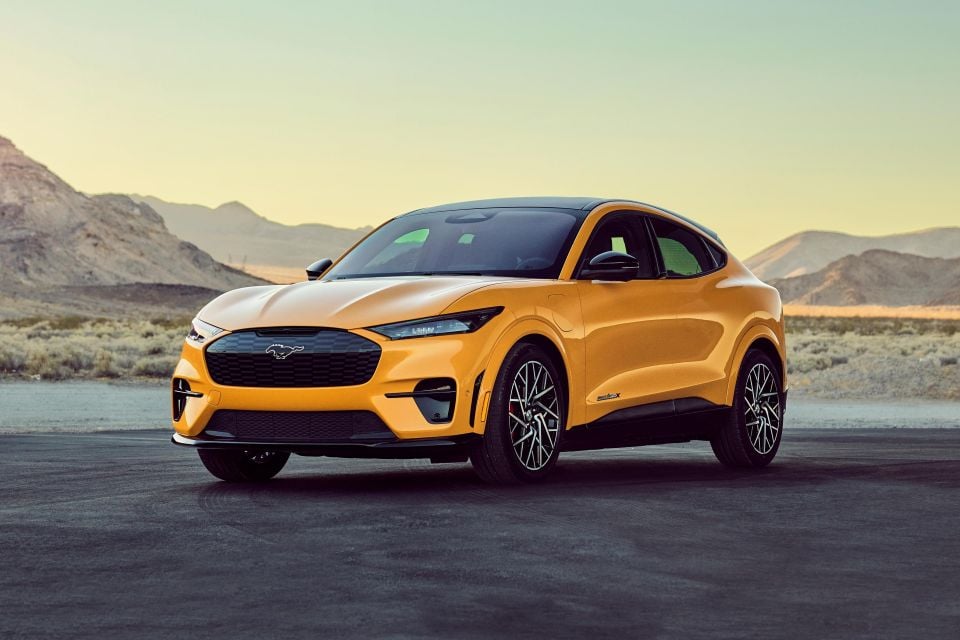
It has confirmed it will look at vehicles for both private and commercial buyers, and that its electrification roadmap will “be made up largely of battery electric vehicles”.
Don’t expect the Mustang Mach-E or F-150 Lightning to be among the five, with Ford confirming neither is available for Australia yet – that’s despite the presence of a right-hand drive Mach-E.
Mr Birkic wouldn’t confirm the arrival of the plug-in hybrid Ranger, though we expect this to make its way to Australia and could be part of the quintet.
Ford Australia hasn’t set any sales targets for its range of electrified vehicles, nor has it confirmed any battery-electric passenger vehicles or SUVs.
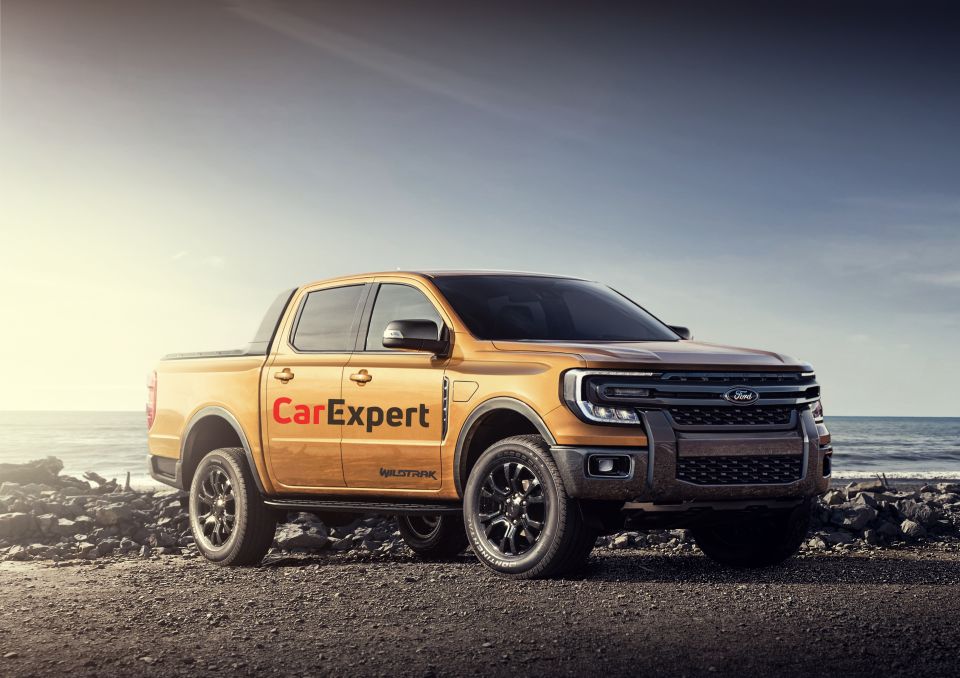
It defended the timing of its arrival to this part of the market, with the likes of Hyundai, Kia, Mazda and potentially even Toyota fielding electric cars or SUVs before Ford introduces its first.
“What we’re seeing is convergence of increased investment in infrastructure, we’re seeing increased levels of consumer adoption, and we’re also seeing the costs of the technology come down, so we think it’s the right time,” said Mr Birkic.
“We’re comfortable with our position.”
Ford’s general manager of battery-electric vehicles globally said this is a question the head office often gets.
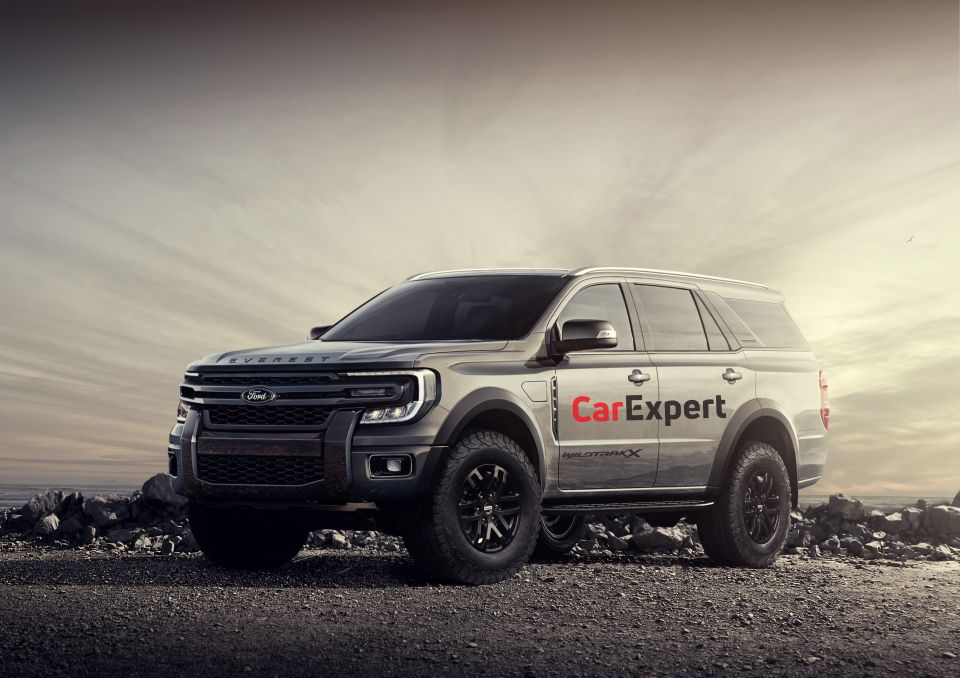
“The technology we wanted, with the density of the batteries, and the price we wanted were not available before,” said Mr Palmer, noting every EV Ford has introduced has received critical and commercial acclaim.
Despite its increased investment in EVs, Ford is still in the process of rolling out more plug-in hybrids.
The next-generation Ranger and Everest are understood to be getting a new 2.3-litre turbocharged plug-in hybrid four-cylinder power train.
While the new ute and SUV will launch in 2022, it’s unclear when the PHEVs will follow.
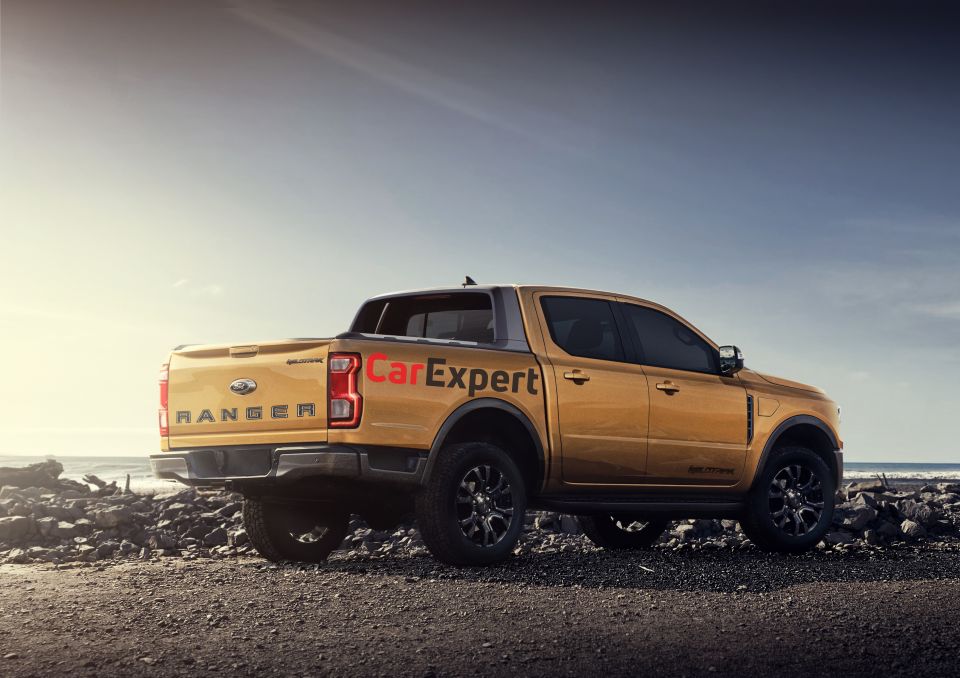
Ford Europe has said its commercial vehicle range will be “zero-emission capable” by 2024, which means a Ranger PHEV could arrive anywhere between 2022 and then.
The new powertrain, not yet used in any other Ford vehicles, produces 270kW of power and 680Nm of torque and is expected to offer a combined fuel economy figure of 3.0L/100km.
It’ll use the same 10-speed automatic transmission as the other engines in the next-generation Ranger and Everest lineups.
Should these models be part of the five models by 2024, that leaves just one more mystery model.
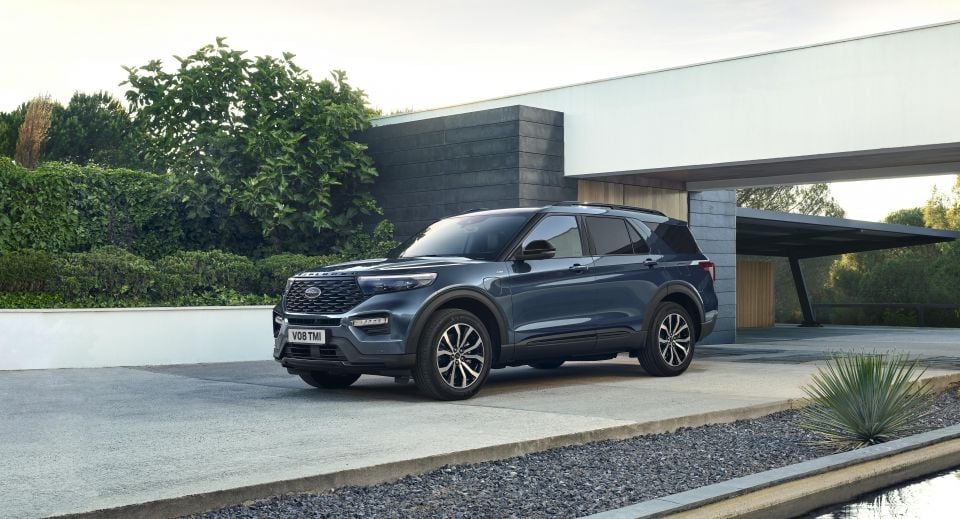
In other markets, Ford offers mild-hybrid versions of its Fiesta, Focus, and Puma, and mild- and series-hybrid versions of its Mondeo, Kuga/Escape, Galaxy and S-Max.
It also has series- and plug-in hybrid versions of its Transit Custom and Tourneo Custom vans and the Explorer SUV, the latter of which isn’t available in right-hand drive.
The new Maverick ute and F-150 pickup also offer series-hybrid powertrains, but neither model is available in right-hand drive.
Across the Tasman in New Zealand, Ford sells the mild-hybrid Puma, series and plug-in hybrid Escape, and plug-in hybrid Transit Custom and Tourneo Custom.
Where expert car reviews meet expert car buying – CarExpert gives you trusted advice, personalised service and real savings on your next new car.
William Stopford is an automotive journalist with a passion for mainstream cars, automotive history and overseas auto markets.


Damion Smy
4 Hours Ago
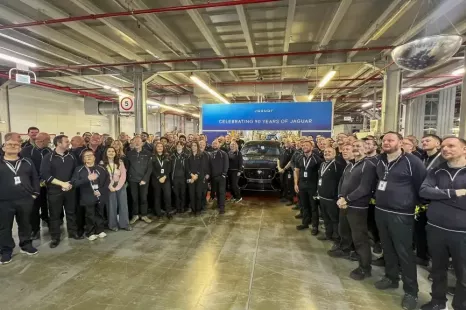

Damion Smy
8 Hours Ago
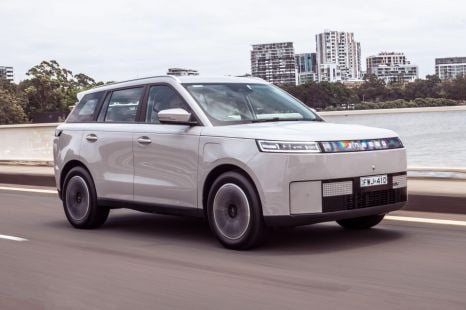

Josh Nevett
10 Hours Ago
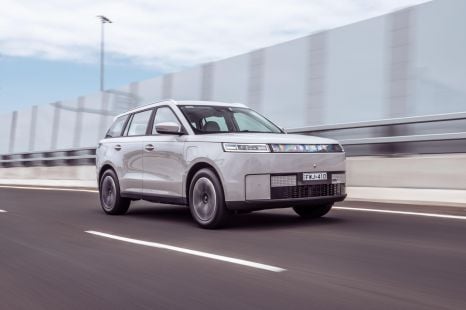

Josh Nevett
10 Hours Ago
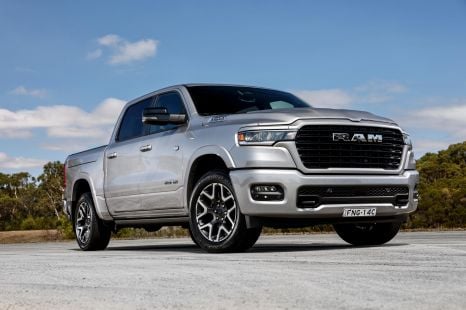

Damion Smy
10 Hours Ago
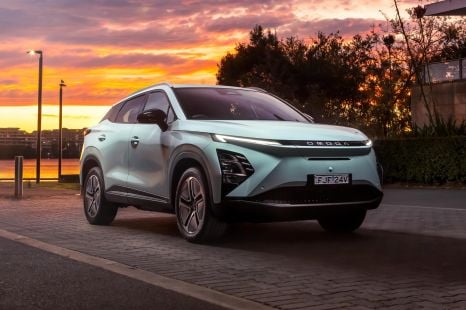

CarExpert.com.au
11 Hours Ago